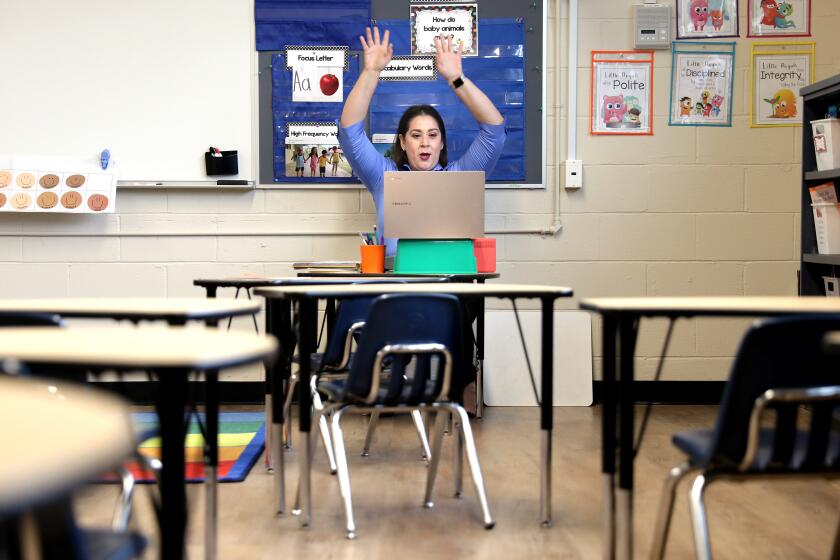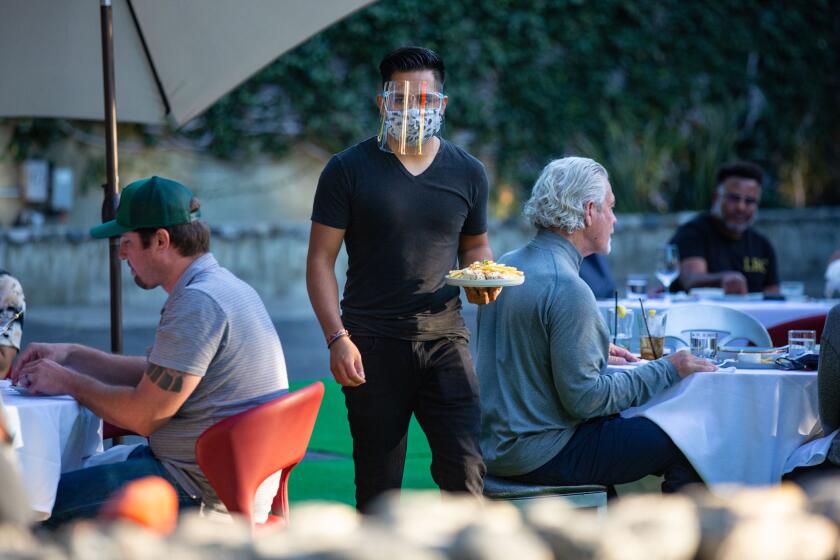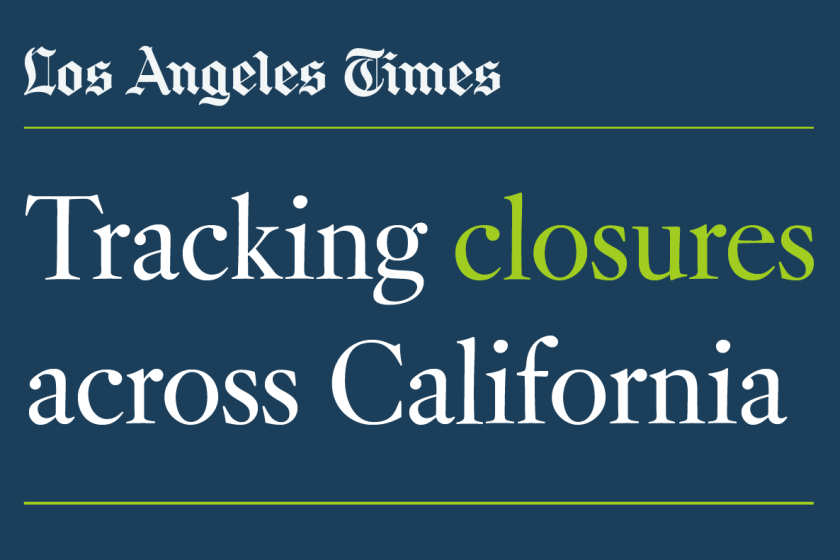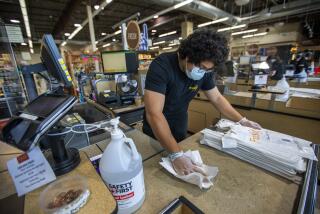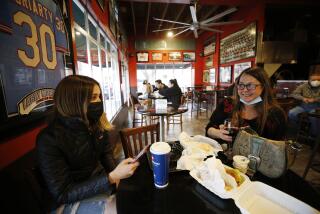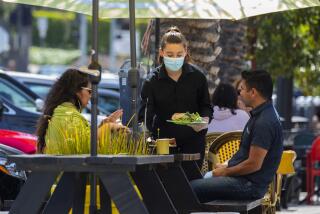L.A. County to reopen breweries, wineries and card rooms outdoors
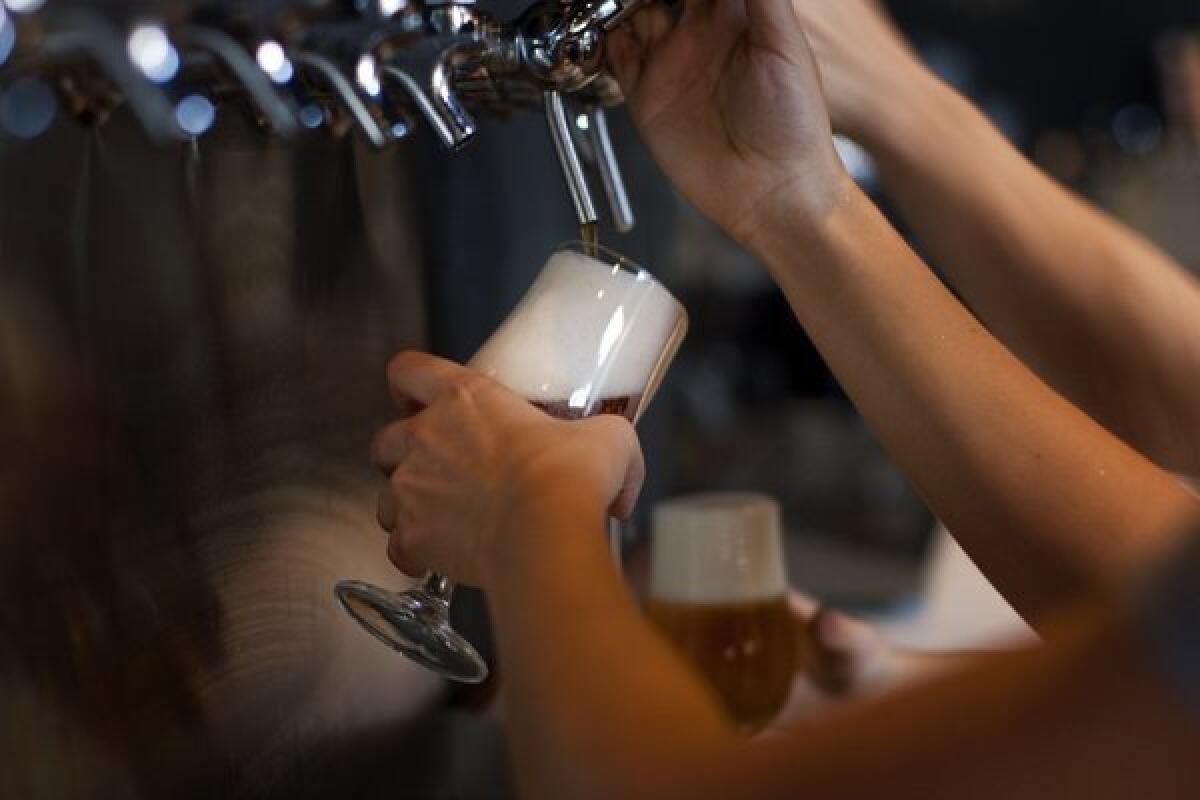
After months of closures amid the COVID-19 pandemic, the Los Angeles County Board of Supervisors voted Tuesday to reopen outdoor operations at wineries, breweries and card rooms, a move that will take effect in one week.
In accordance with state guidelines, breweries and wineries will need to partner with a food vendor in order to reopen.
Visitors to card rooms will be required to wear face coverings at all times and are not permitted to eat or drink.
Without public notice, Supervisors Kathryn Barger and Janice Hahn introduced the motion at the end of the weekly meeting. Supervisors Sheila Kuehl and Mark Ridley-Thomas did not support the move.
“In my own humble opinion, I think it’s not a great idea to say, ‘Thank you, Dr. Ferrer, but we’re not going to support your advice,’” Kuehl said before voting against the motion.
Supervisor Hilda Solis cast the winning vote.
Los Angeles County Public Health Director Barbara Ferrer previously said that the county’s cautious approach over the last several weeks has helped stabilize COVID-19 numbers, but that because it remains in the Tier 1 level of the state’s reopening blueprint, it should continue to proceed slowly.
The board also passed a motion directing the county’s Department of Public Health to implement the county’s school waiver system for grades K-2, starting at 30 schools per week.
The Los Angeles County Board of Supervisors voted unanimously to begin allowing schools to apply for waivers to open campuses to students in grades TK-2.
Earlier Tuesday, state officials announced that 10 more counties had progressed through the state’s four-part, color-coded reopening plan, but no place in Southern California was allowed to change tiers.
Butte, Contra Costa, Fresno, Sacramento, San Joaquin, Santa Barbara and Yolo counties moved from Tier 1, also known as the purple tier, to Tier 2, also known as the red tier. The changes denote the risk of spread of COVID-19, moving from widespread to substantial, according to the state’s labeling system.
Three other counties — Amador, Calaveras and San Francisco — advanced from Tier 2 to Tier 3, also known as the orange tier, in which a county is considered to have a moderate risk of infection.
Movement through the tiers allows counties to further reopen businesses and expand visitor capacity for some already reopened sectors.
California counties need to show seven or fewer new coronavirus cases per 100,000 residents each day for two weeks to see some restrictions lifted. That’s a high bar for some.
Several counties that have changed tiers have been in the path of recent wildfires — which have displaced tens of thousands of residents — and smoke, which has prompted others to stay inside.
Dr. Mark Ghaly, the state’s Health and Human Services secretary, said Tuesday that those factors did not have a significant effect on the number of reported infections or testing capacity in those areas. The state, which has recorded more than 814,000 infections since March, is currently testing 130,000 people per day.
The state’s seven-day average for daily infections is currently 3,300, and the 14-day average positivity rate is 2.8%. Although those numbers are lower than what was seen over the summer, there has been a slight increase in the number of hospitalizations in the state.
On Friday, Ghaly warned that the state projected an 89% increase in COVID-19-related hospitalizations by Oct. 25.
To contain the spread of COVID-19, parks, restaurants and stores are slowly reopening.
The rate of transmission in Southern California is slightly higher than that in the Bay Area, Gov. Gavin Newsom said Monday, while warning of the potential for a second wave of the virus.
“The transmission rate in different counties are different. We don’t live in the aggregate,” Ghaly said Tuesday.
In Los Angeles County, which toggled between metrics for Tier 1 and Tier 2 last week, officials have not seen an anticipated surge in cases connected to Labor Day, but the transmission rate has crept up to 1.02. The goal is to keep that number below 1.
Ferrer warned Monday that community transmission was still high.
In Orange County, which recently reopened its schools, officials had hoped to move to Tier 3. But a slight bump in cases has kept the county in Tier 2. A county must meet the threshold of a new tier for two consecutive weeks before advancing.
San Diego County, which last week avoided regressing to the more restrictive Tier 1, is again on the brink of moving backward, officials said this week.
More to Read
Sign up for Essential California
The most important California stories and recommendations in your inbox every morning.
You may occasionally receive promotional content from the Los Angeles Times.
